About 250 km off the coast of Africa, in the Atlantic Ocean, is the largest of the seven islands of the Canary Archipelago: the island of Tenerife.
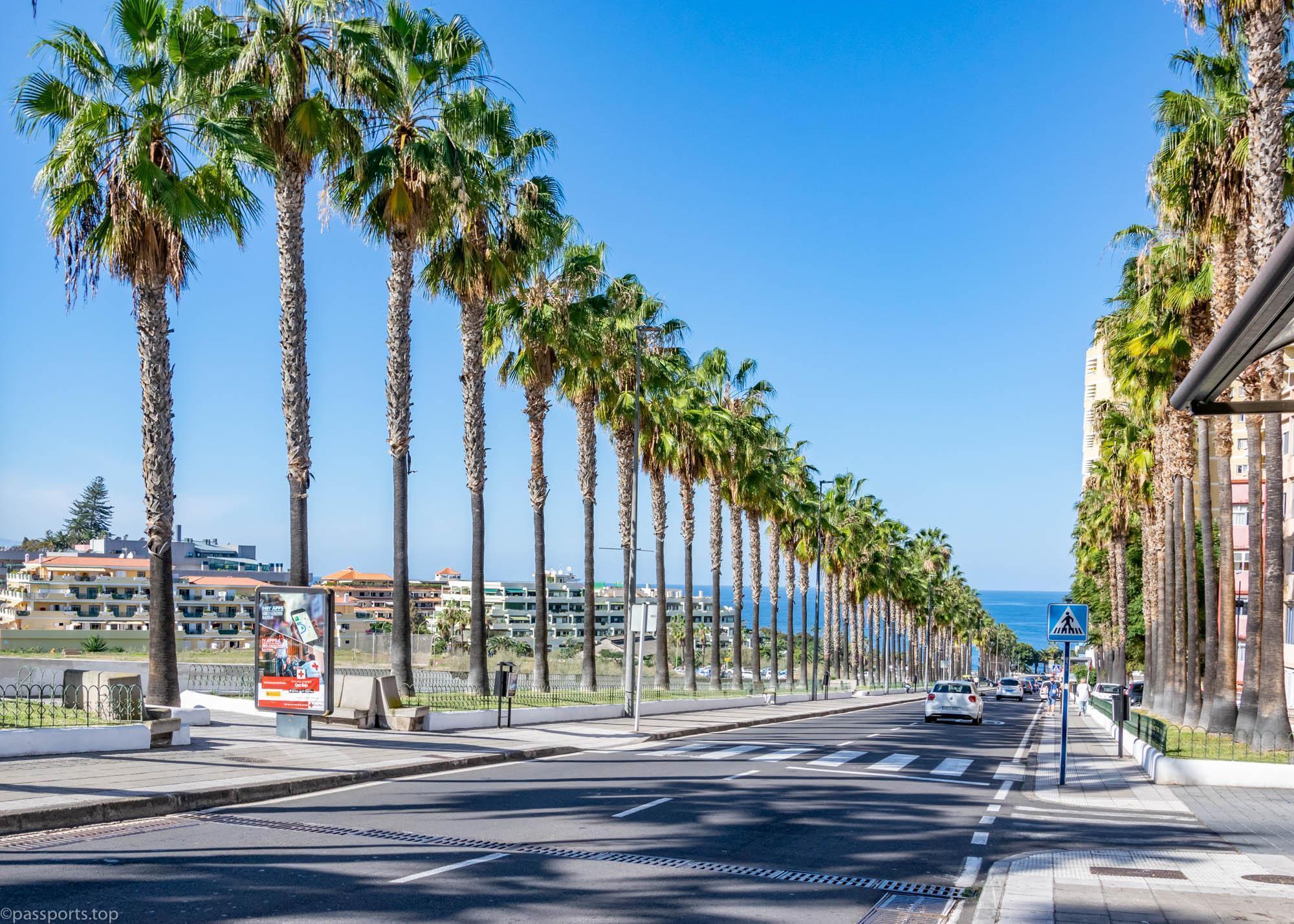
Tenerife is the only island in Canaria with two airports: the North Airport (TFN) and the South Airport (TFS), which welcome millions of people in search of relaxation, adventure and above all fantastic weather.
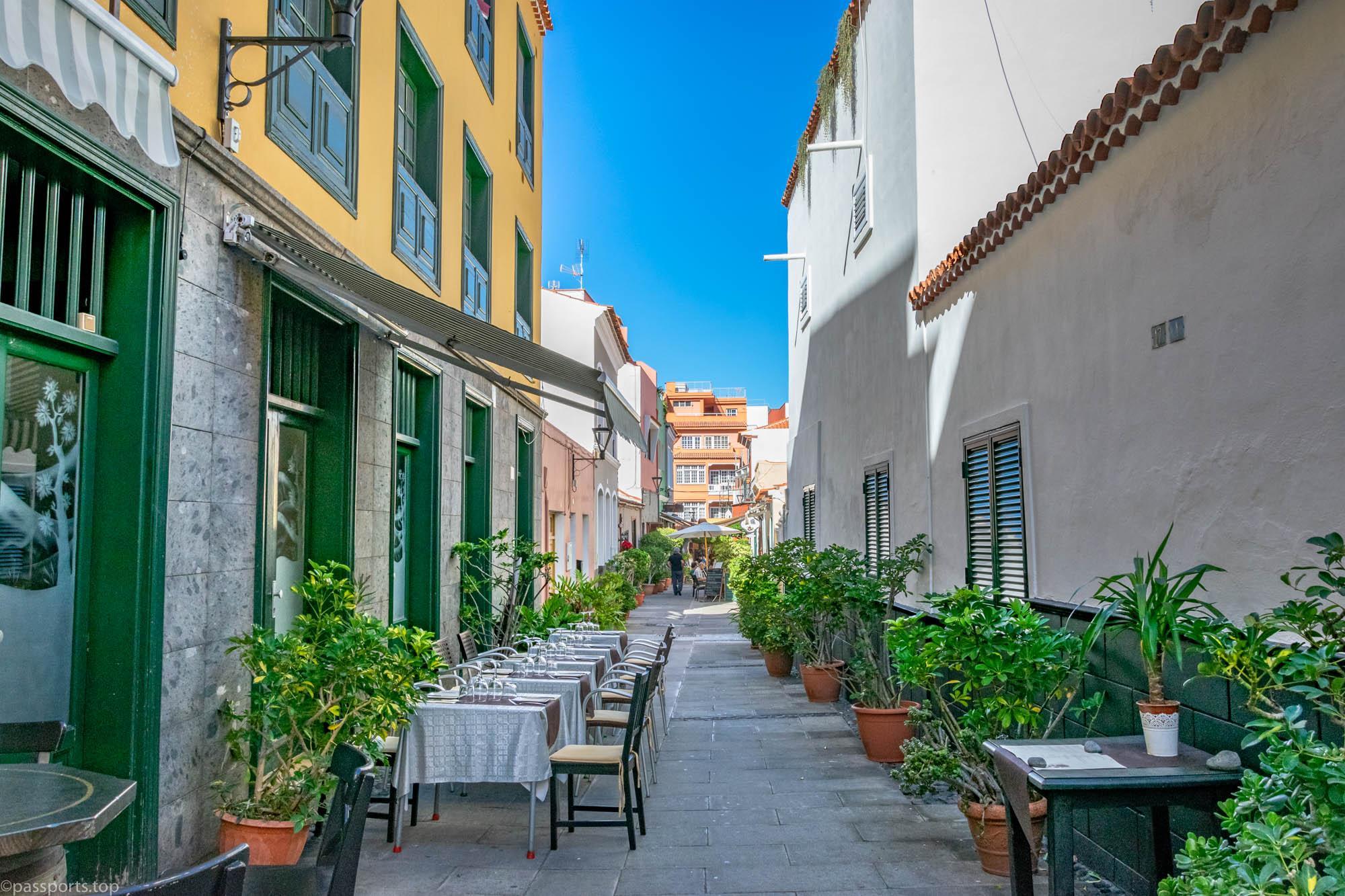
The volcanic landscape of the Teide National Park, the resorts in the south of the island, the mountains, the fantastic beaches with golden or black sand, the two UNESCO World Heritage sites (the city of San Cristóbal de La Laguna and the Teide National Park) and the 42 protected areas natural attractions are just some of the attractions that can be visited in Tenerife.

Due to the pleasant temperatures throughout the year, Tenerife is also called the “island of eternal spring”, with around 300 days of sunshine per year.
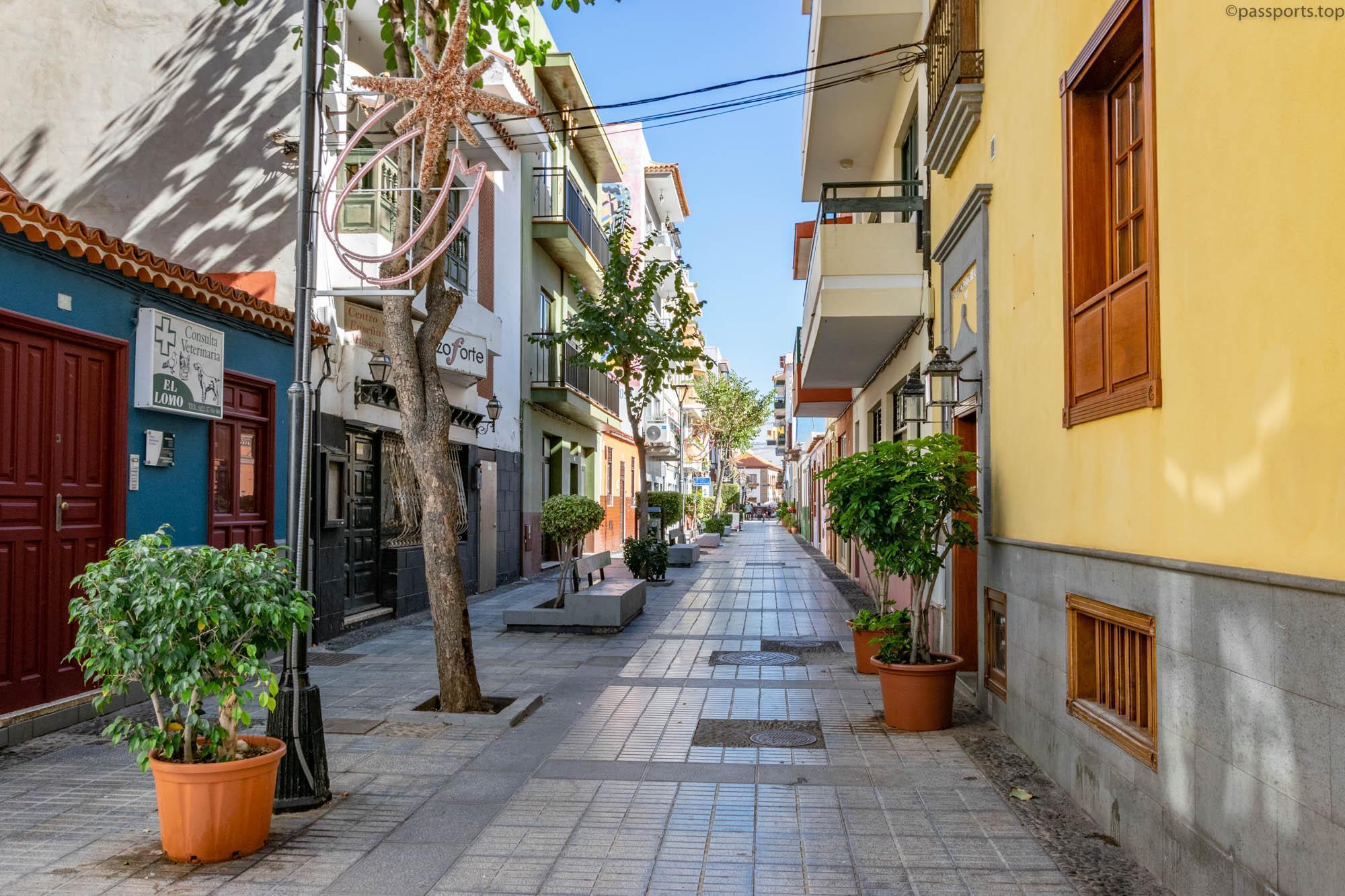
With over 30,000 inhabitants, Puerto de la Cruz is the sixth largest city in Tenerife and the largest in the north of the island. Due to its proximity to Loro Parque and the Teide National Park, it is one of the most important tourist centers, with a well-established infrastructure, ready to welcome tourists, either summer or winter.
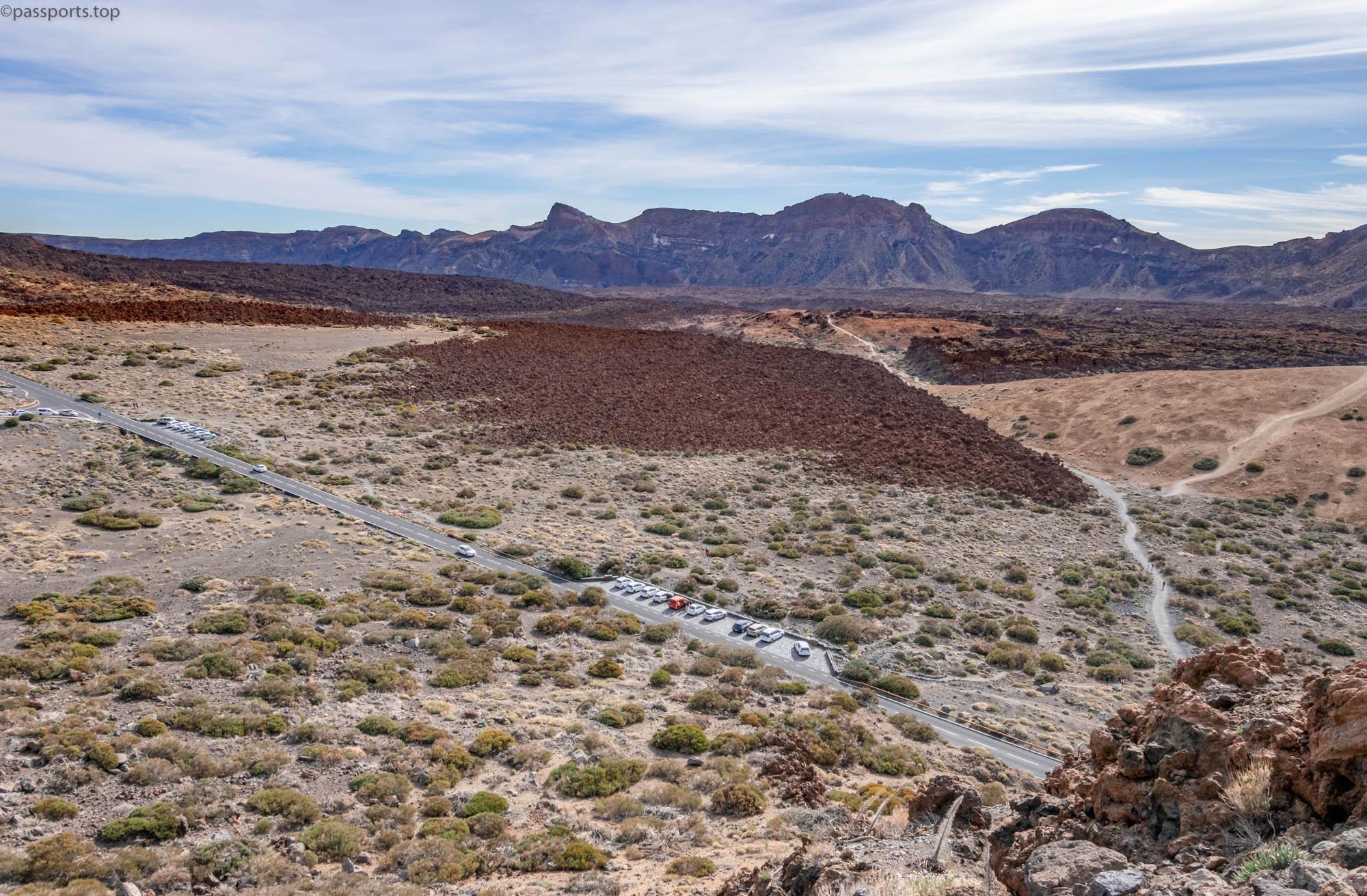
Teide National Park is the largest and oldest park in the Canary Islands, and if you come to Tenerife, you must see the unique landscape with craters, volcanoes and rivers of petrified lava. In 1954 it was declared a National Park, and in 2009 it was declared world heritage by UNESCO.
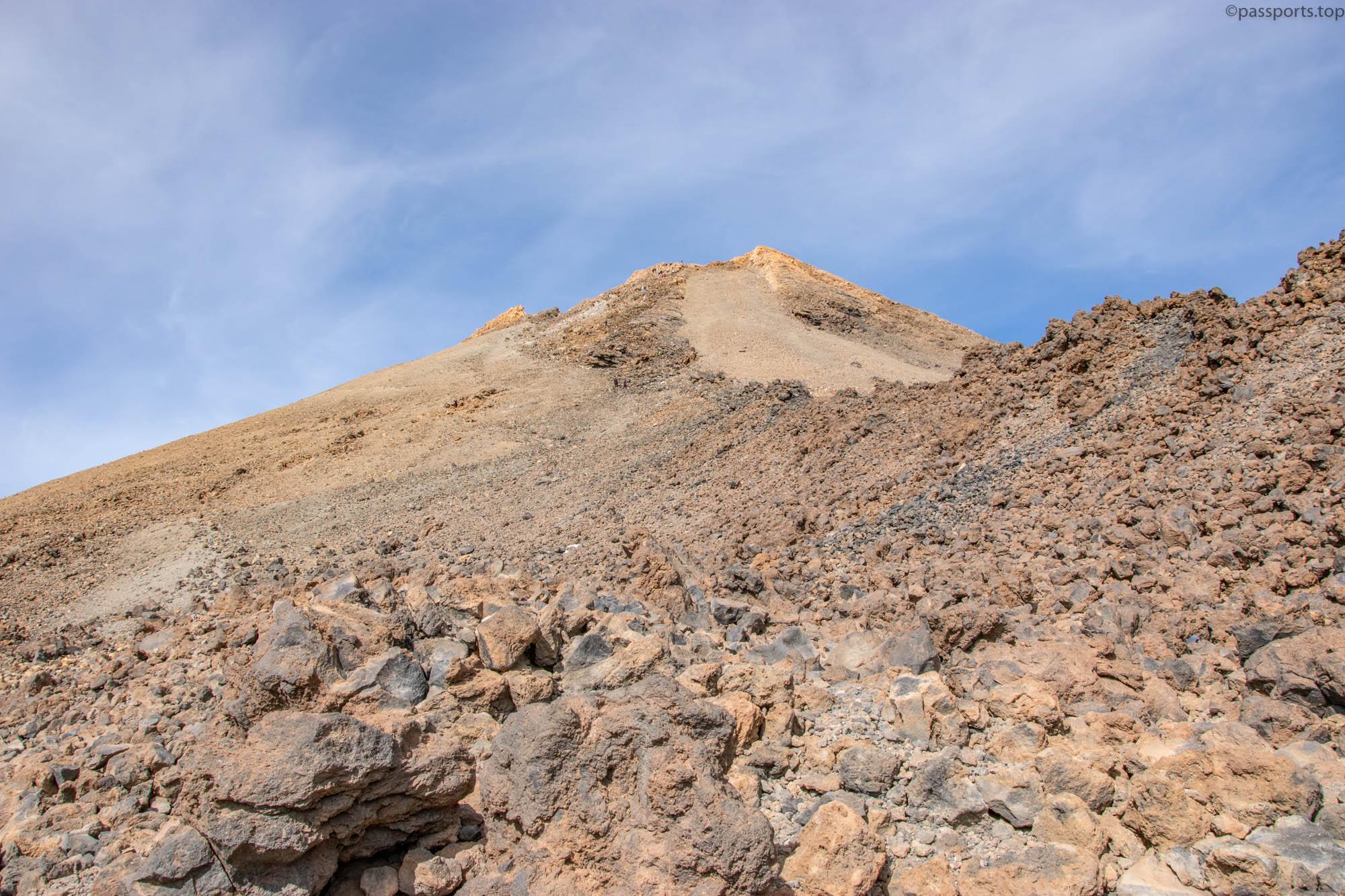
The park and Mount Teide are easy to access, being located in the center of the island. Depending on your starting point, there are several ways to get there quickly and easily. On the official website of the Teide Volcano you have all the information with the departure time of the buses, the stops and the route. If you are leaving from the north of the island, you need to take bus 348, and from the south of the island, bus 342. There is only one outbound and one return bus, and in our case the departure was at 9:15am and the return at 4:00pm. I recommend buying your bus tickets in advance and arriving at the station 30-40 minutes early.
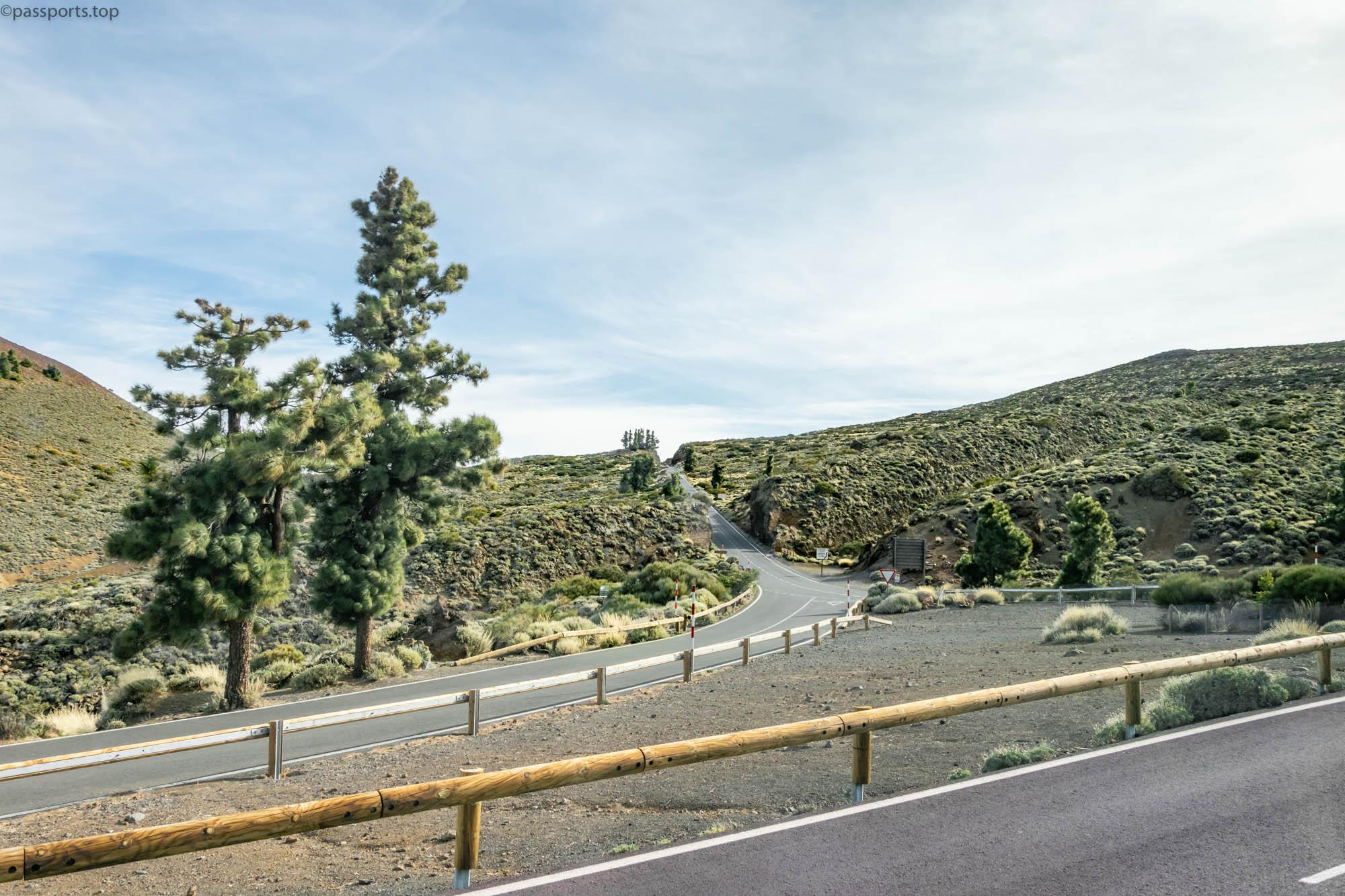
After an hour and a half drive, with many twists and turns, but with a superb landscape, we arrived at the lower station of the cable car, located at 2356 m above sea level. It is advisable to make a reservation and buy the tickets in time, because there are only two cable cars, with a capacity of 44 people (the price is €27/person/round trip).

More details about the timetable, organized tours and prices can be found on the official website. If you rent a car you don’t have to worry as there is free parking at the lower station of the cable car between 8:00 and 18:00.
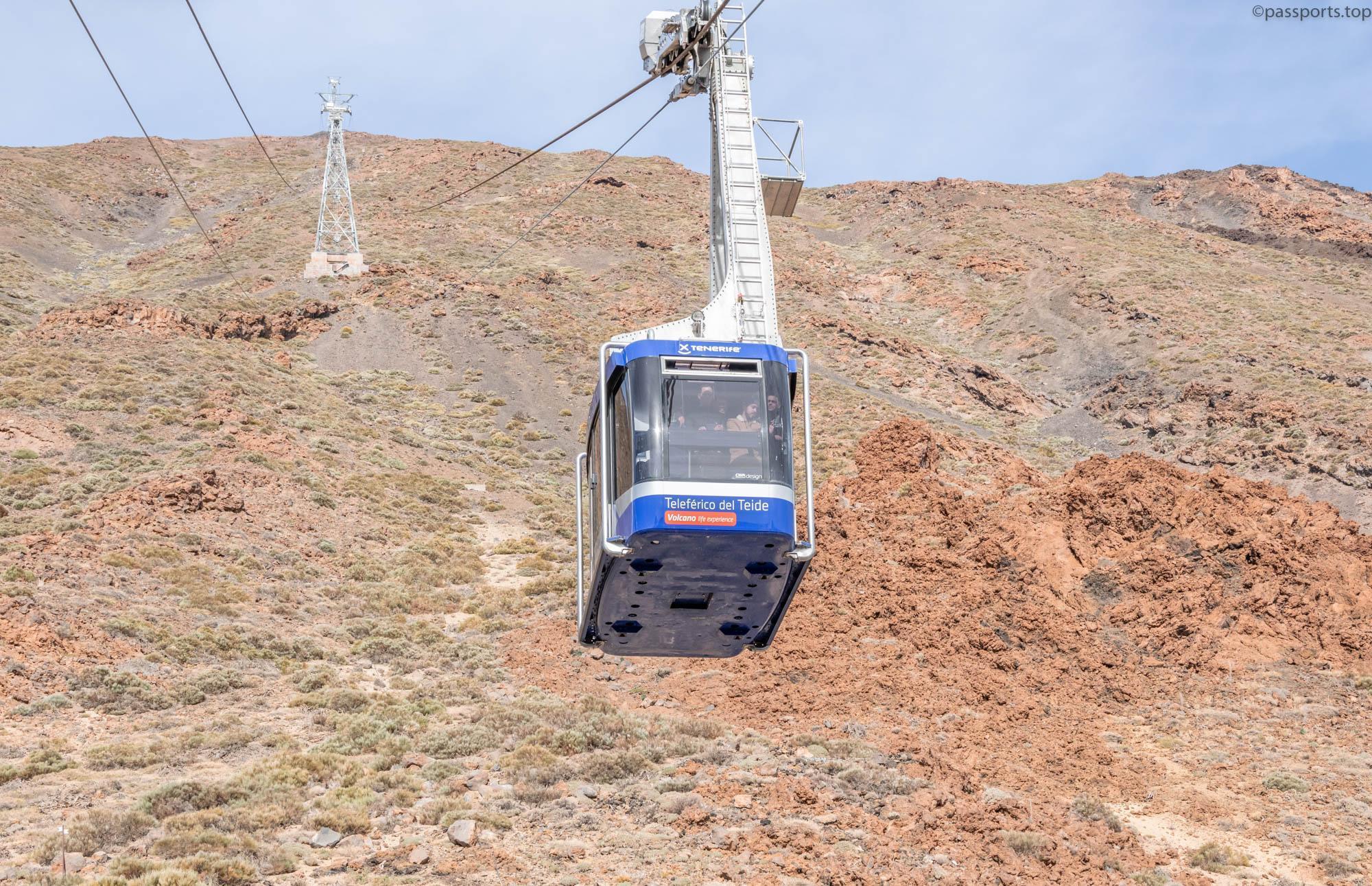
From there, in less than 8 minutes, you can take the cable car to the upper station, at an altitude of 3555 m, and then there are three routes that lead to the highest peak in Spain (3718 meters).
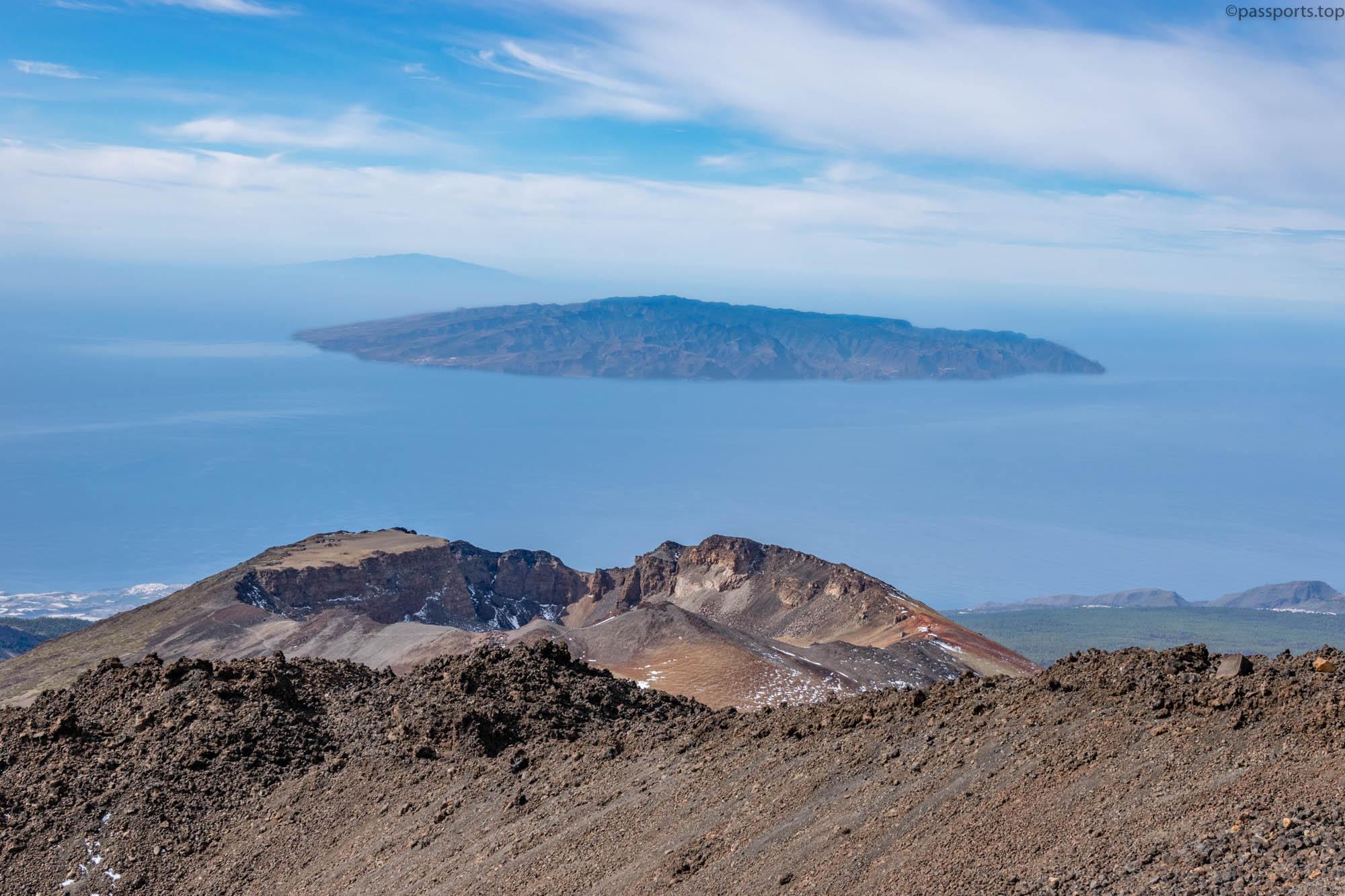
On clear days, you can see the nearby islands: La Gomera, El Hierro, La Palma and Gran Canaria. For environmental reasons, access to the peak is controlled, requiring a permit issued by the national park offices 2-3 months before visiting. You can apply online for free on this website.
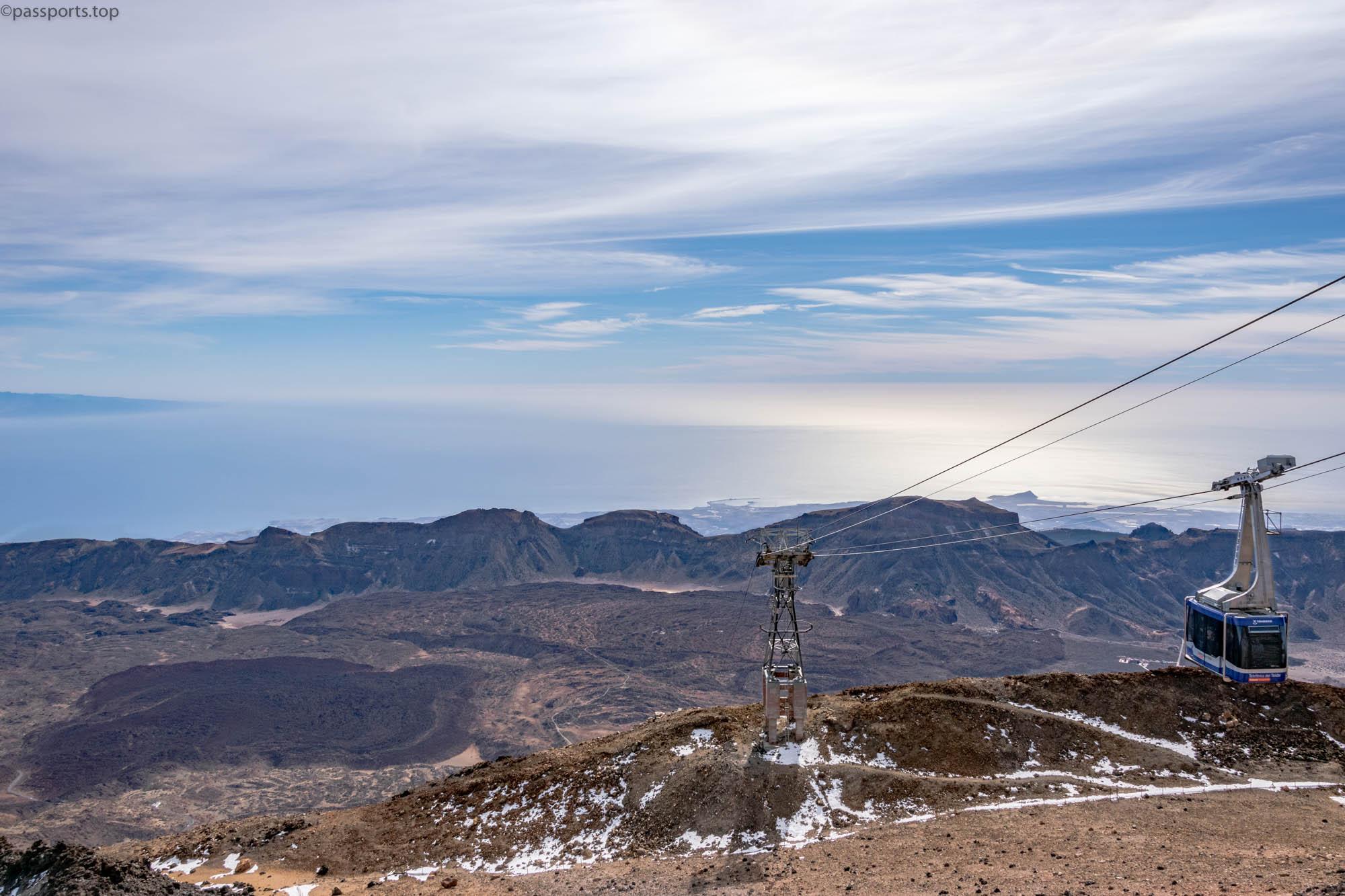
However warm and sunny it may seem at the base of the mountain, the higher you climb, the colder it is and the colder the wind, so I recommend, especially in the winter months, to dress as thickly as possible (jacket, gloves, hat) and have appropriate footwear for the climb.
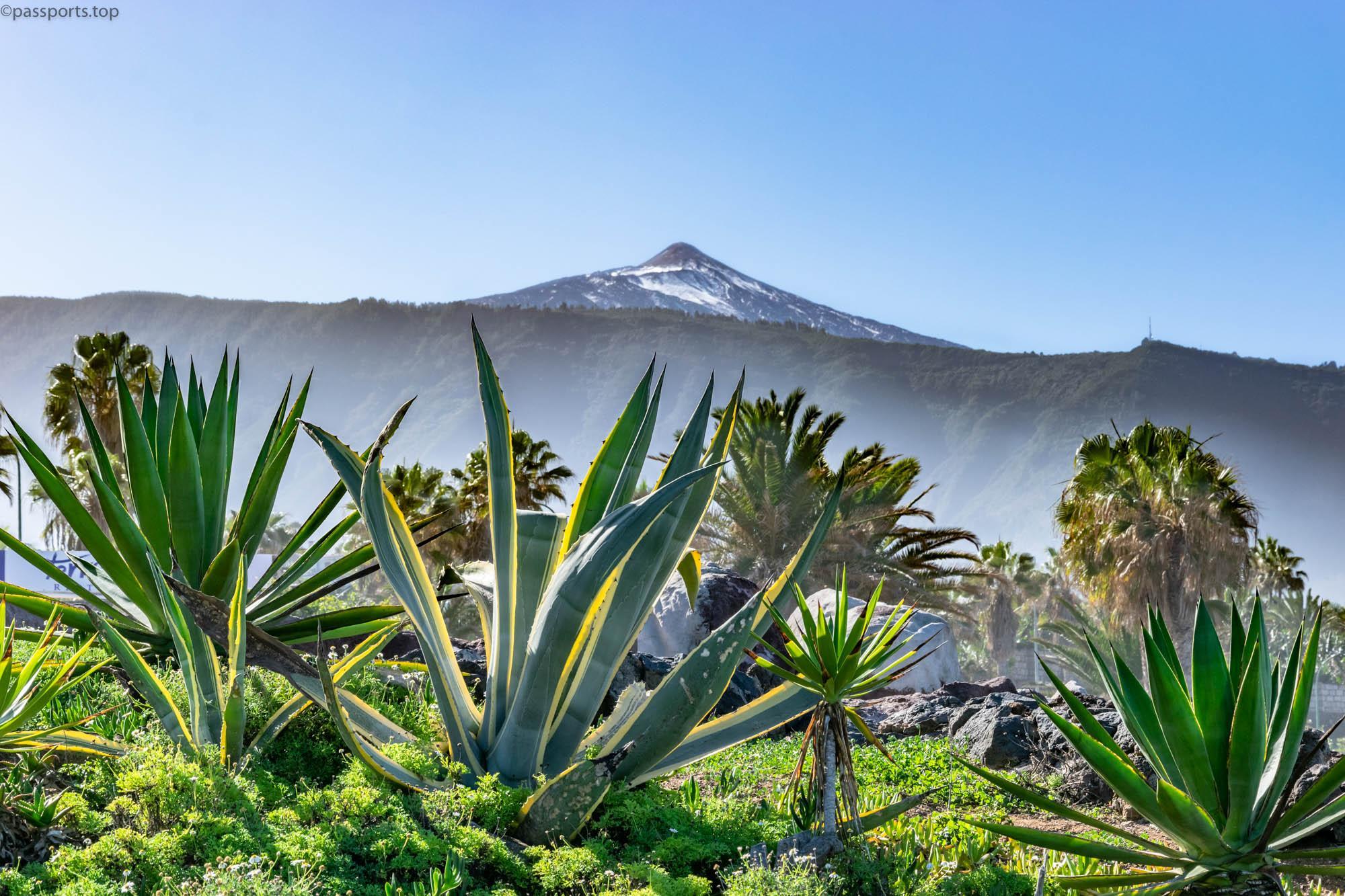
Some other interesting facts about Teide:
* Annually, almost three million tourists explore the 19,000 hectares of the Park.
* The last major eruption of the Teide volcano took place in 1909.
* Due to the altitude of the volcano, Tenerife is the tenth highest island in the world.
* It is a useful reference point for studies related to Mars, due to the similarities between environmental conditions and geological formations.
* On his first voyage across the Atlantic, in 1492, Christopher Columbus claims to have witnessed an eruption of the Teide volcano.
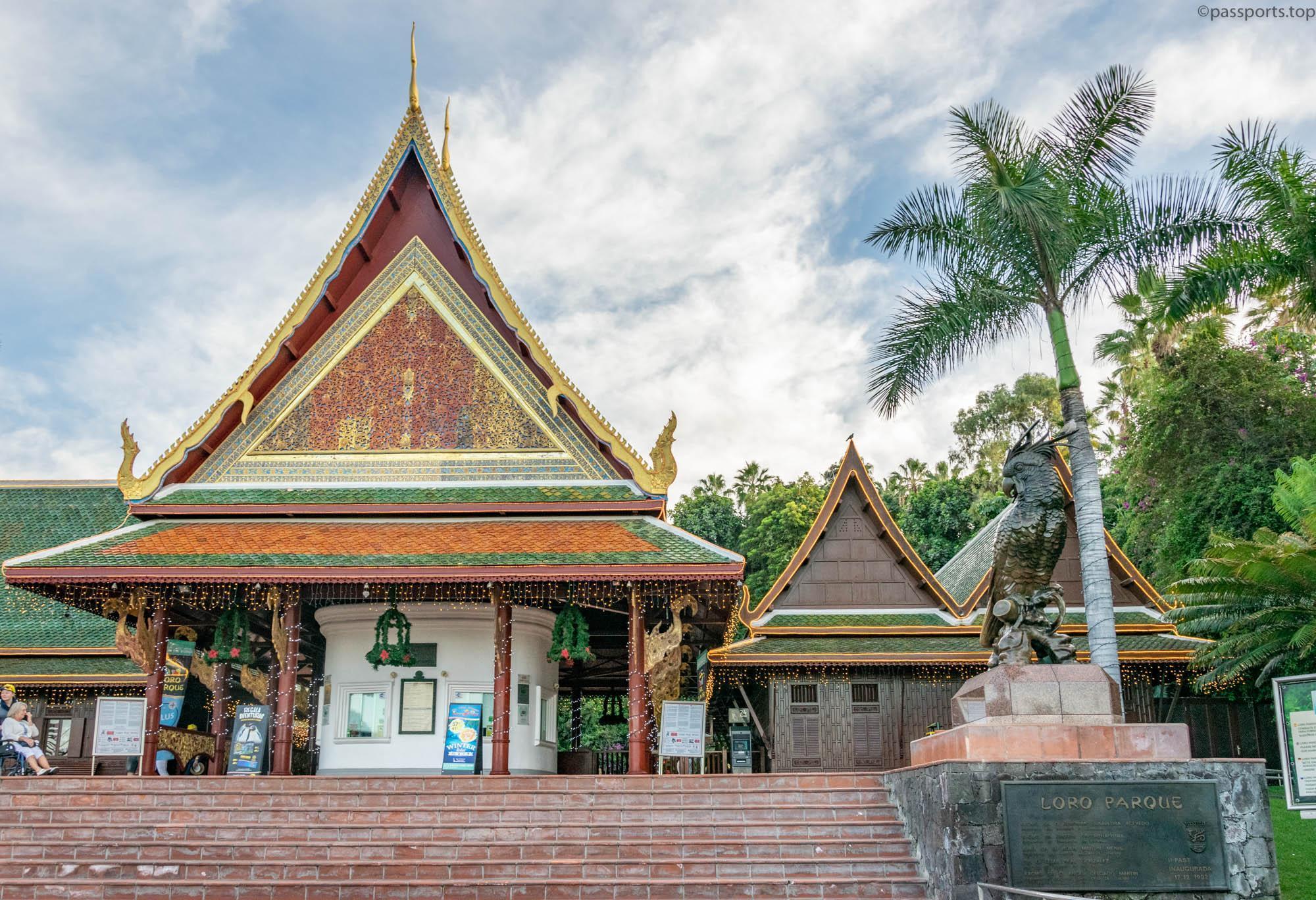
Loro Parque, the number 1 attraction in Tenerife according to TripAdvisor, is a zoo recognized both for its beauty and attention to the environment and animals. It is the first zoo in the world to receive the Animal Embassy environmental certification and runs several programs to protect and preserve animals and their natural habitats for future generations.
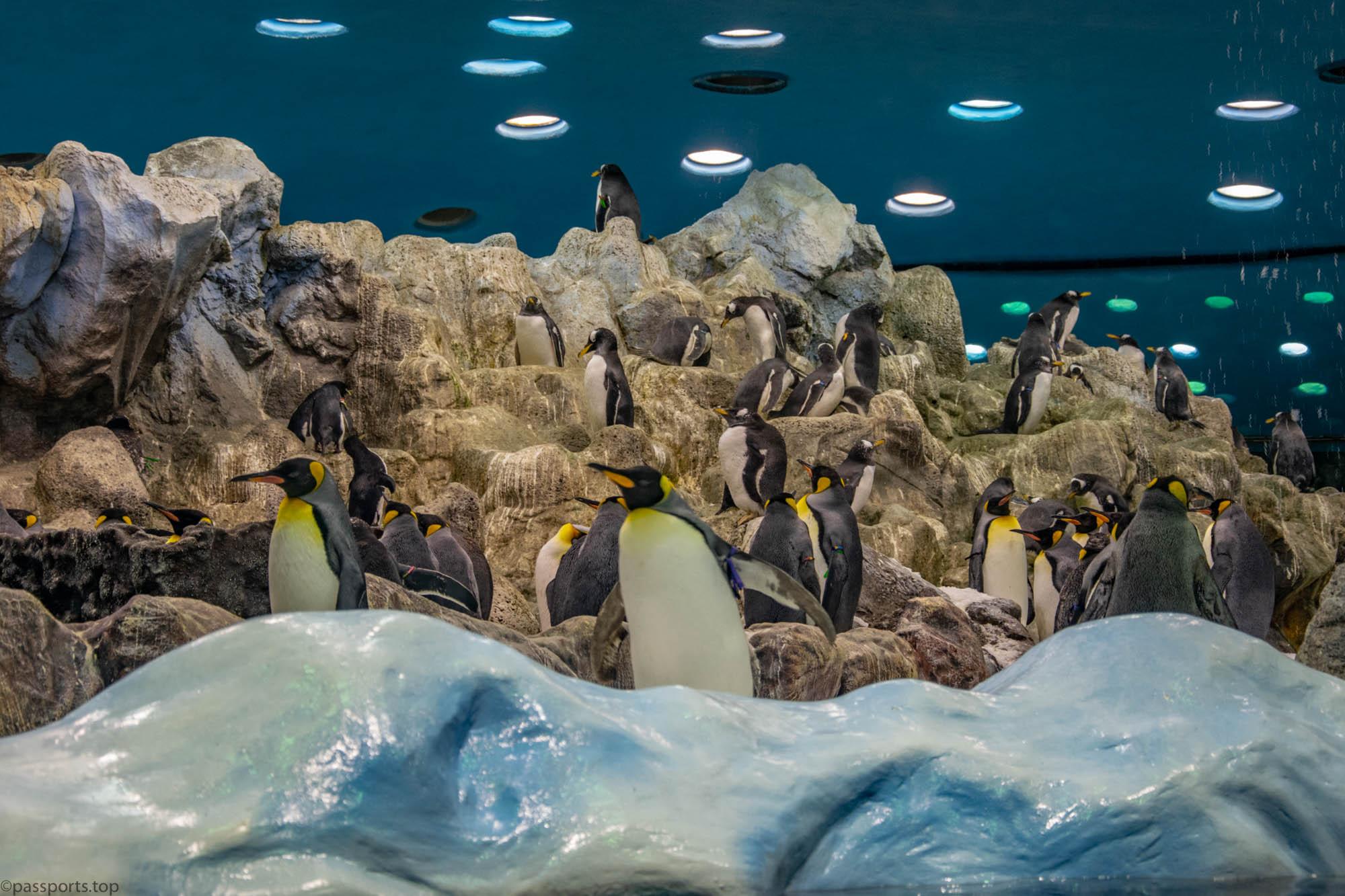
For example, for several species of penguins, Loro Parque has tried to achieve the perfect habitat following the conditions of Antarctica as a model, the facilities ensuring an ideal standard in which these species can live.
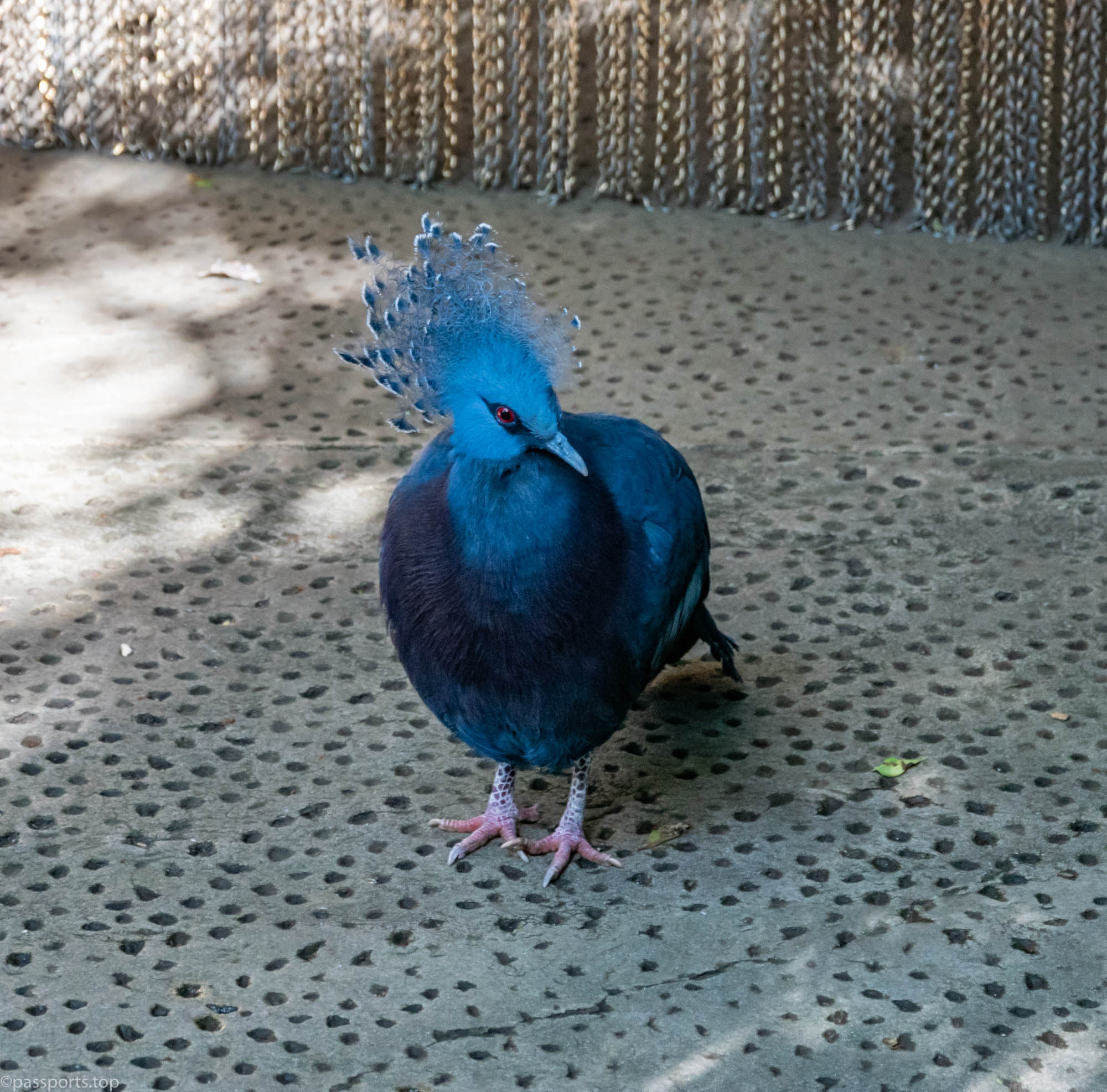
Originally, Loro Parque, opened in 1972, was an exhibition of parrots, today it holds the largest collection of birds in the world (4000 parrots). They have specially arranged places, where the birds fly freely among the trees and are well cared for.
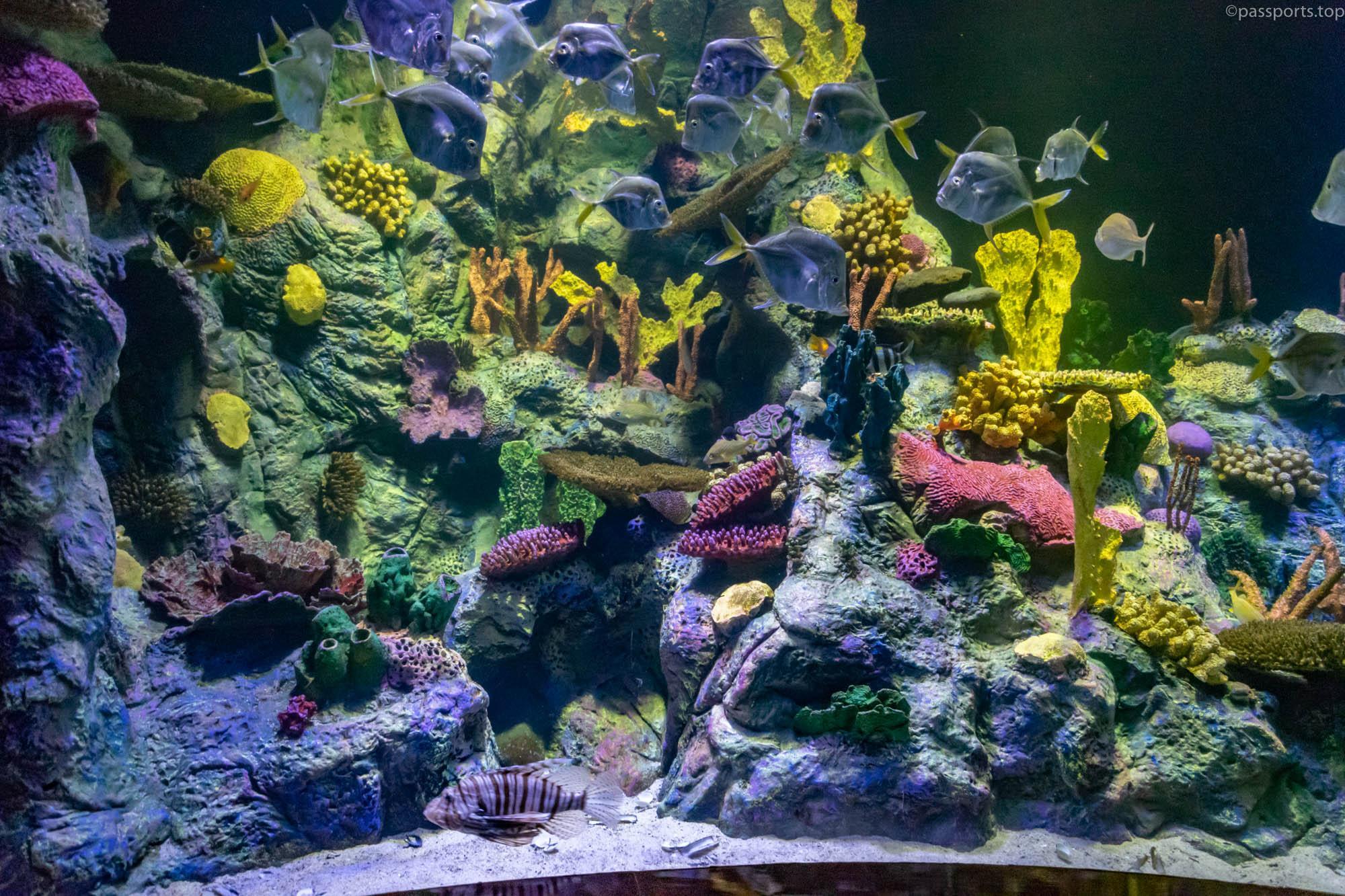
On the official website of the park you can find more information about the programs and projects carried out, events, schedule of shows (with whales, dolphins, sea lions, parrots), guided tours and exhibitions. Loro Parque is open every day from 8:30 to 18:45 and the ticket costs €38/adult and €26/child.
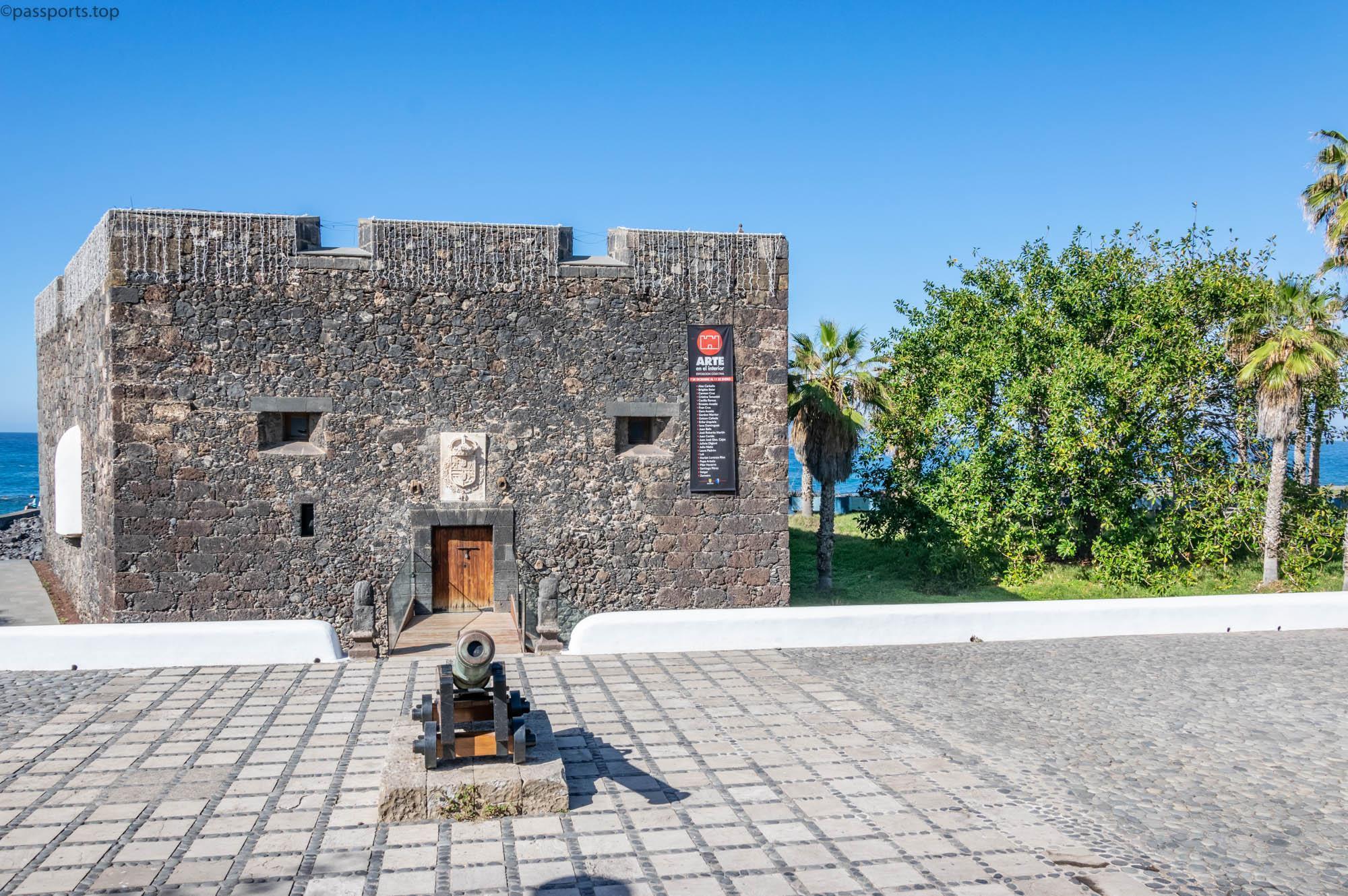
El Castillo San Felipe is located near Playa Jardín in Puerto de la Cruz and is a colonial-style fort built in the 17th century to defend the city from pirate attacks. Over time, in addition to defending the coast, the building was also used as a restaurant or medical office. In 1949, Castillo San Felipe was cataloged as an artistic historical monument, and today, inside, numerous exhibitions, classical music concerts or poetic recitals take place.
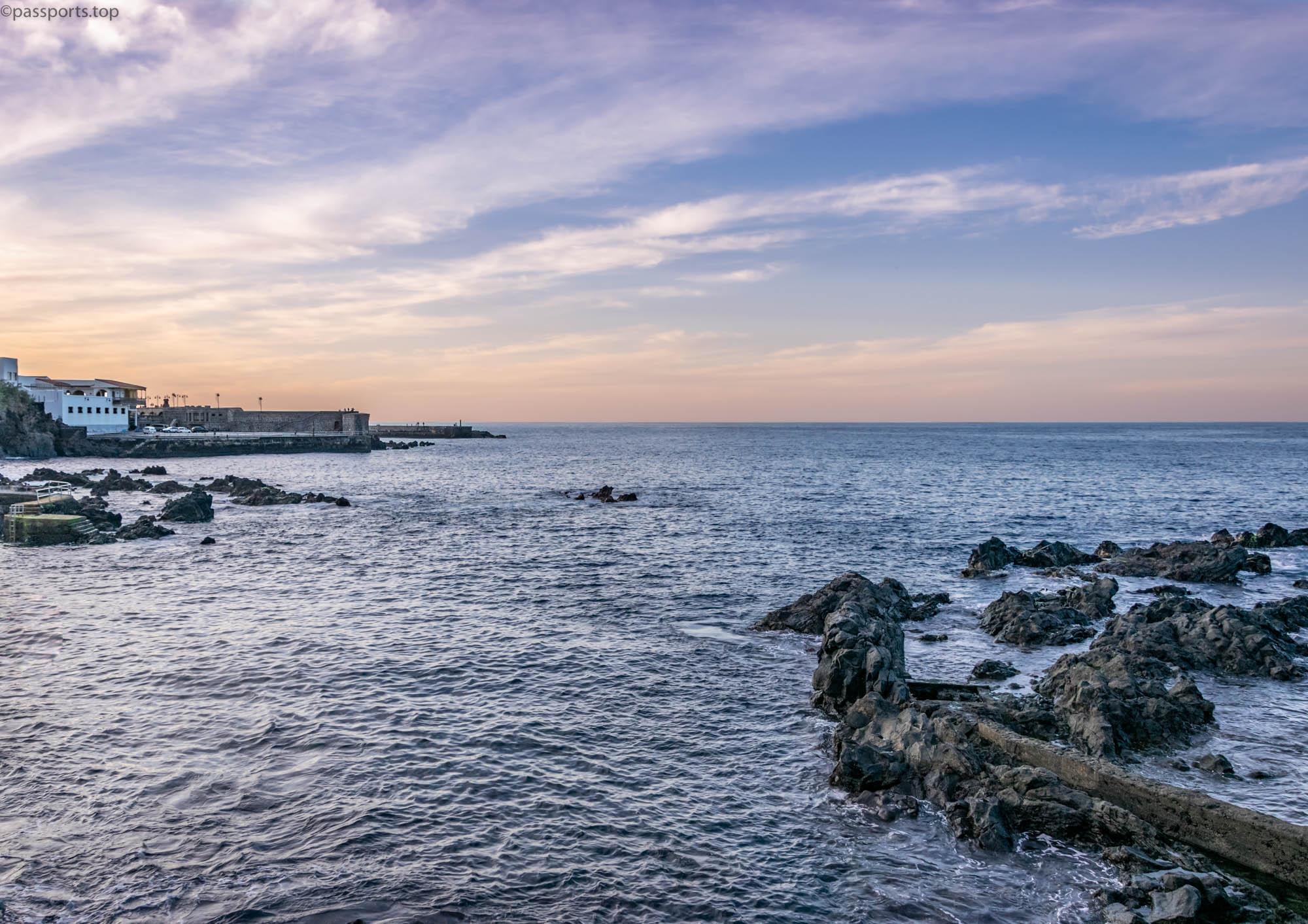
The first thing that many people want to do once they arrive in the Canary Islands, especially during the winter, is to sit on the beach and enjoy the sun. Fortunately, the Canary Islands are home to more than 500 beaches of all types and colors, offering a wide range of possibilities.
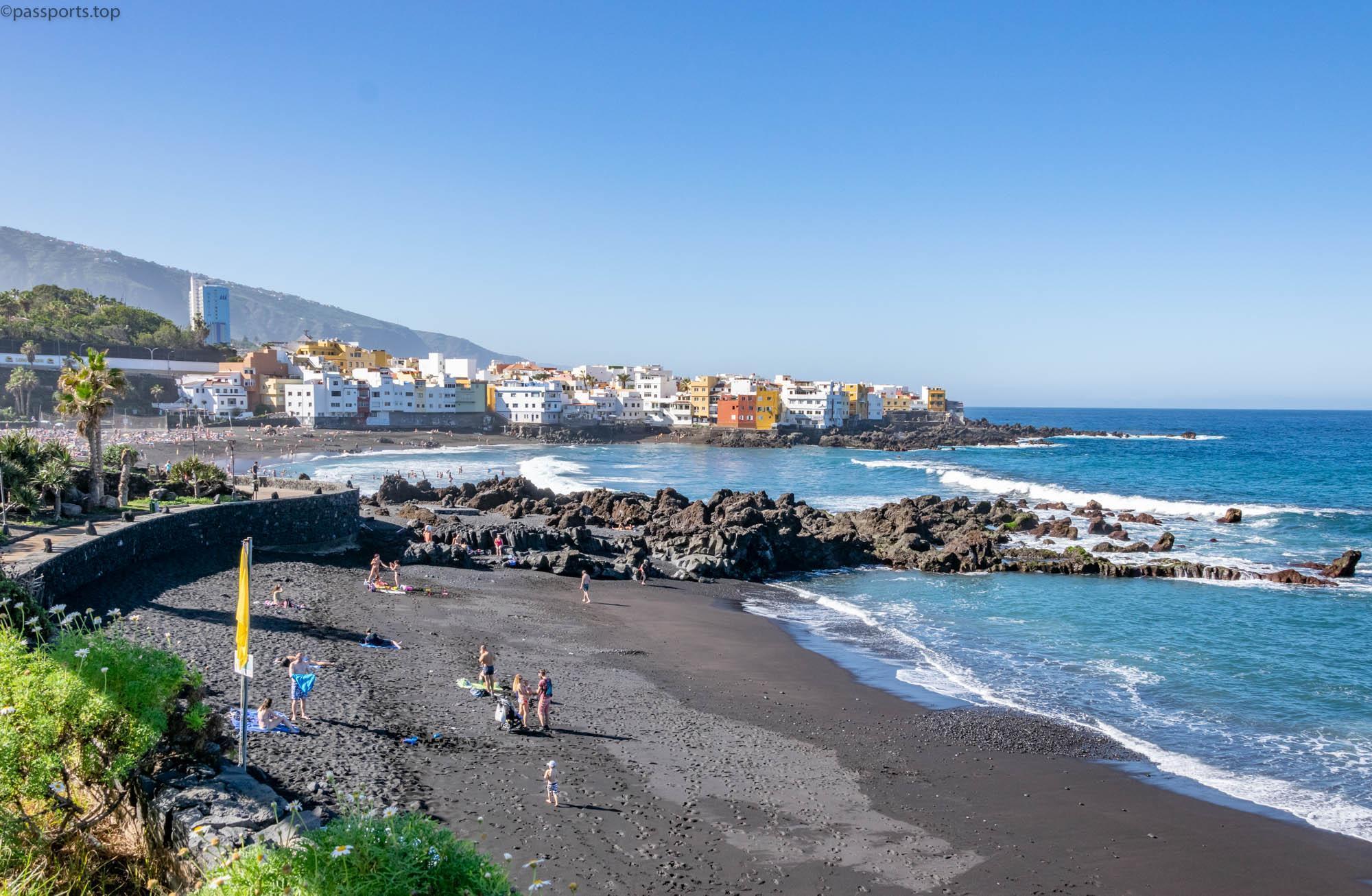
The beaches of Tenerife offer many opportunities for sports and relaxation for both tourists and locals. Playa Jardín is one of the black sand beaches located in Puerto de la Cruz.
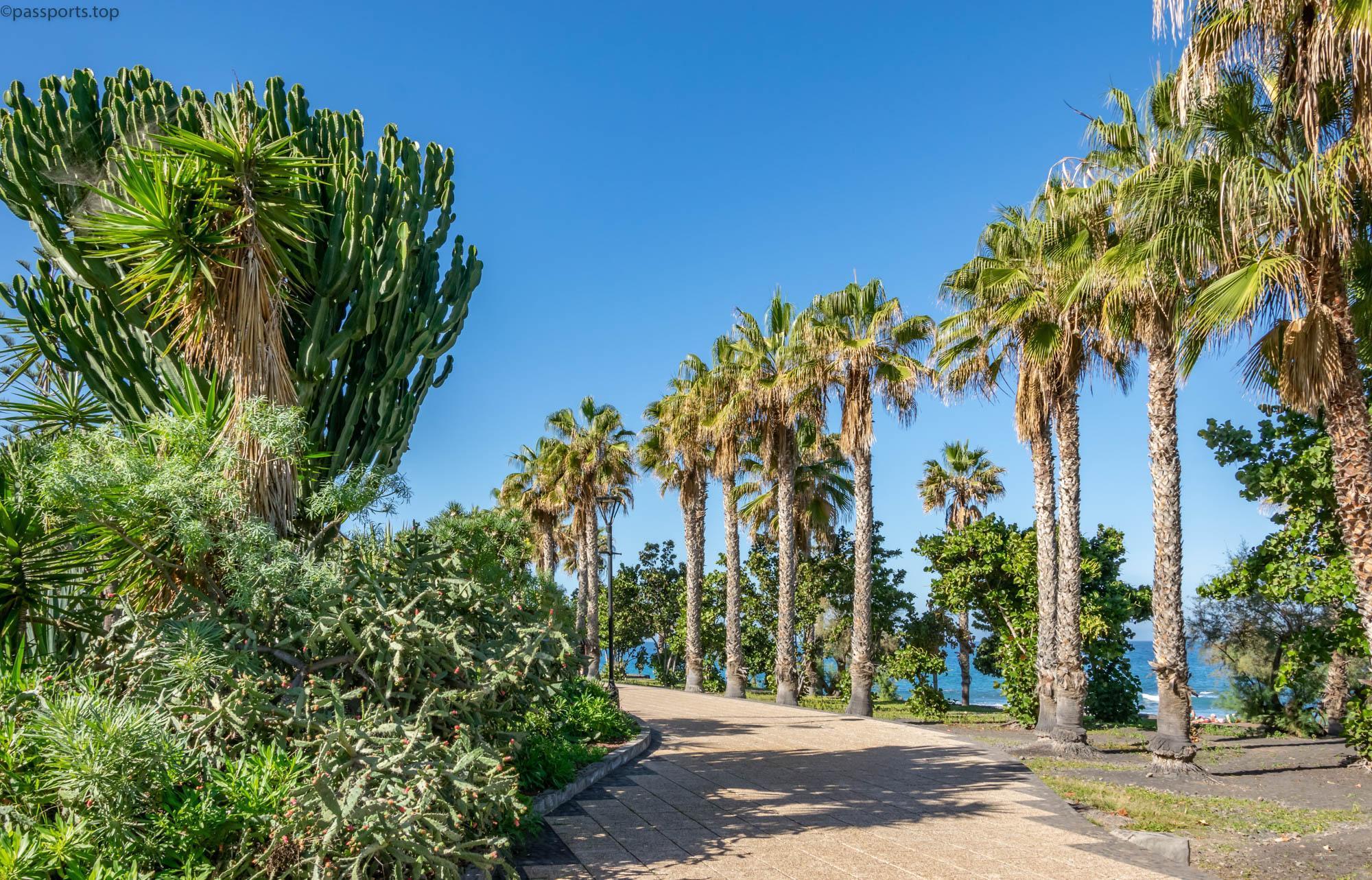
Set in a park with flowers and tropical plants (hence the name Jardín=garden), the beach of black volcanic sand is popular and crowded regardless of the season and stretches from Castillo San Felipe to Punta Brava. Showers, changing rooms, toilets, restaurants, bars or children’s playgrounds can be found all over the beach.
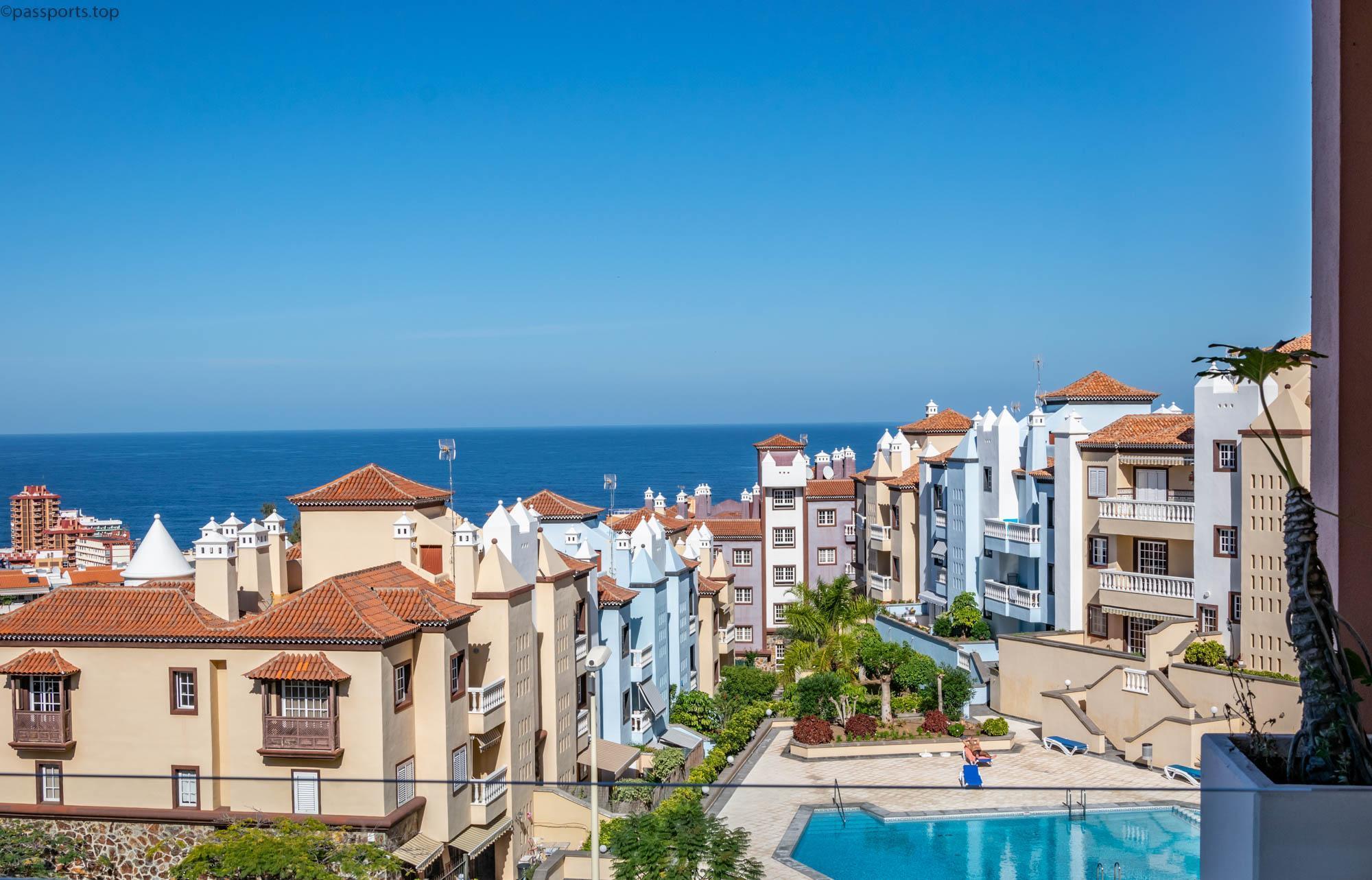
Tenerife is a corner of paradise, an island where you can never get bored: you can walk through the evergreen parks, climb Teide, go shopping, relax on the beach, see a show or go to a theme park. If you get here, you need to recharge your batteries, because the island awaits you with an endless selection of activities. And above all, don’t leave Tenerife without trying the local food, especially the seafood.
If you liked this article, click here to see the new destinations we visited.
(Tenerife – December 2019)

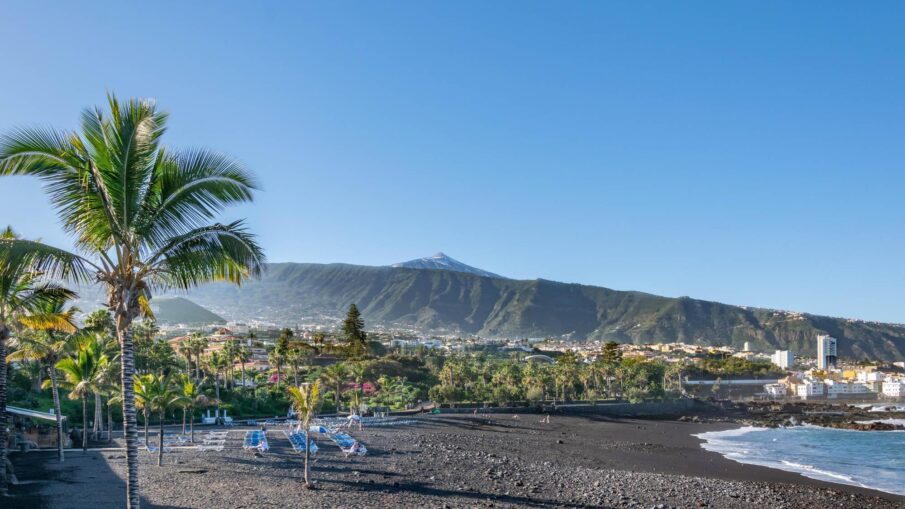
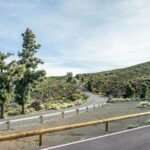
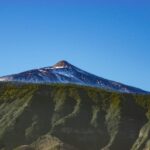
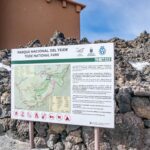
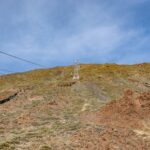
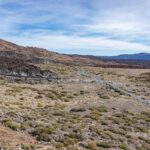
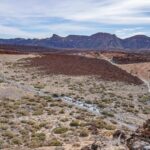
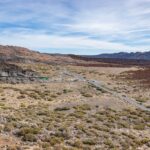
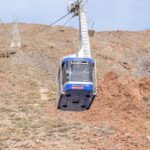
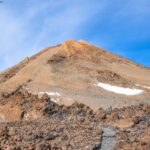
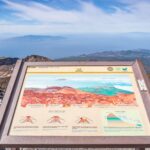
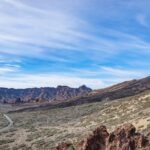
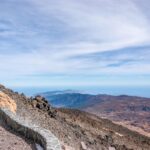
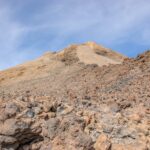
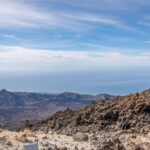
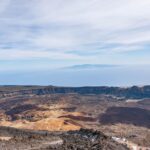
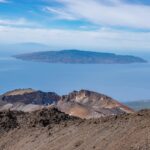
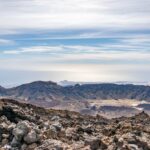
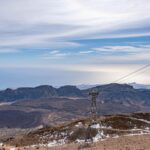
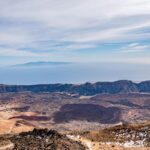
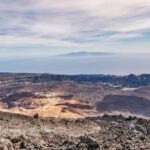
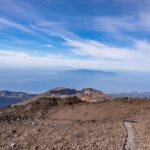
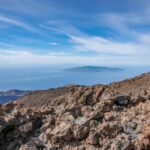
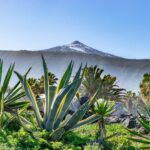
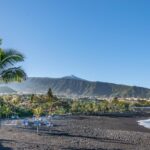
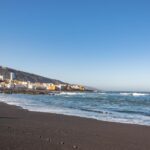
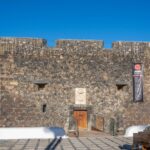
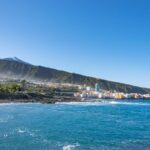
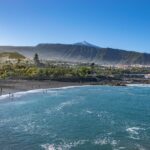
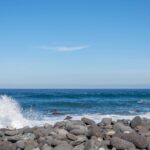
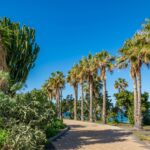
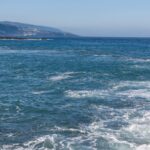
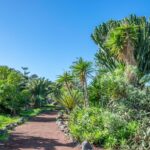
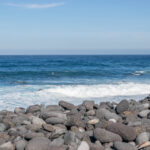
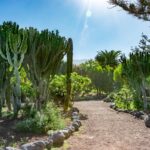
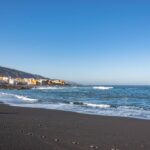
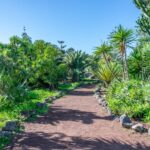
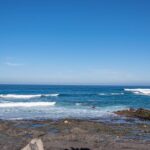
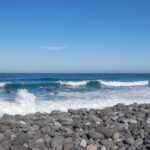
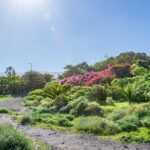
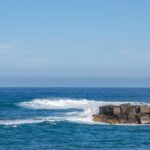
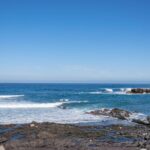
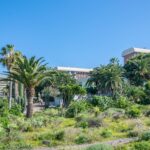
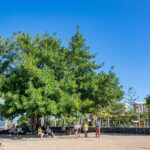
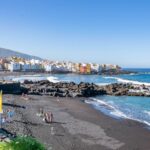
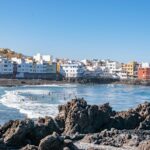
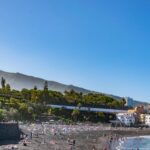
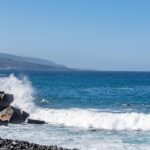
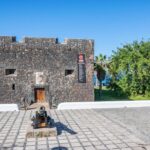
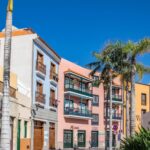
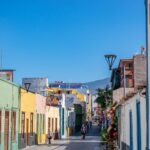

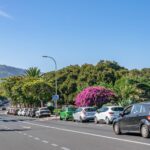
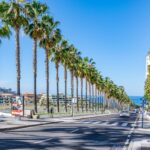
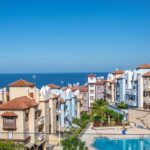
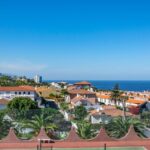
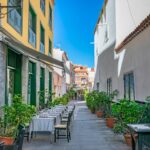
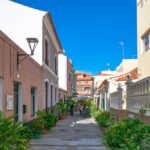
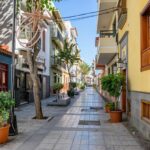
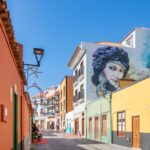
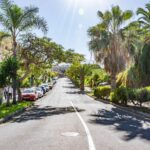
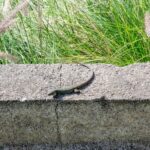
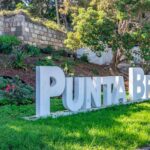
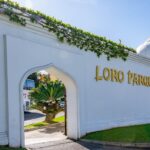
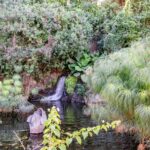
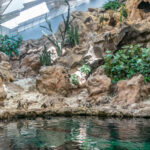
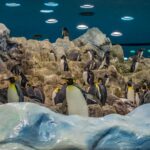

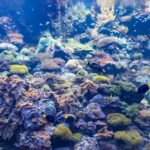
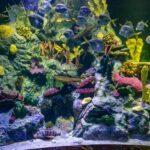
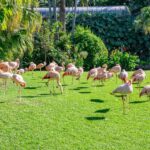

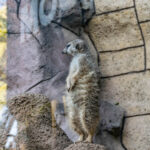
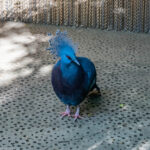
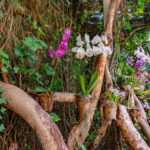
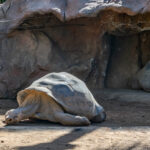
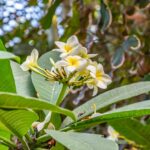

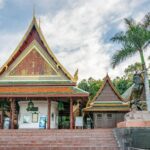
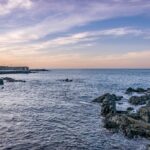
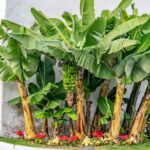
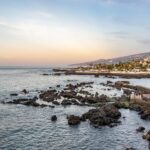
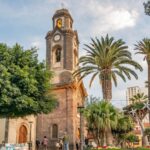
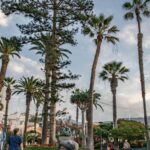
Leave a Reply